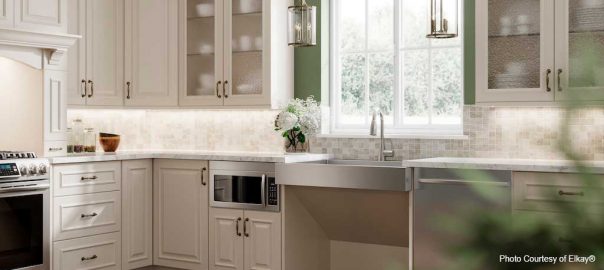Universal Design aims to provide useable space planning for people of all abilities and ages. Another growing trend is Inclusive design which is similarly creating spaces that are more accessible to everyone. Accessibility options can also be highly personalized for individuals with specific needs. Imagine a world where any guest could feel comfortable using your home? Also, when choosing to remain in your existing home as you age, accessible design is an important consideration.
One of the most important rooms to consider when creating accessibility is the kitchen. Being able to safely prepare and clean up after meals is one of the primary considerations of the accessible kitchen. Mobility is usually an important concern for current and future needs. The following measurements are ideal for accessibility to all. Hardware and fixtures can also improve functionality. Accessible kitchens can include design details that accommodate children too, as universal design wants people of all ages to have greater accessibility.
Facets of Your Accessible Kitchen: Mobility and Convenience
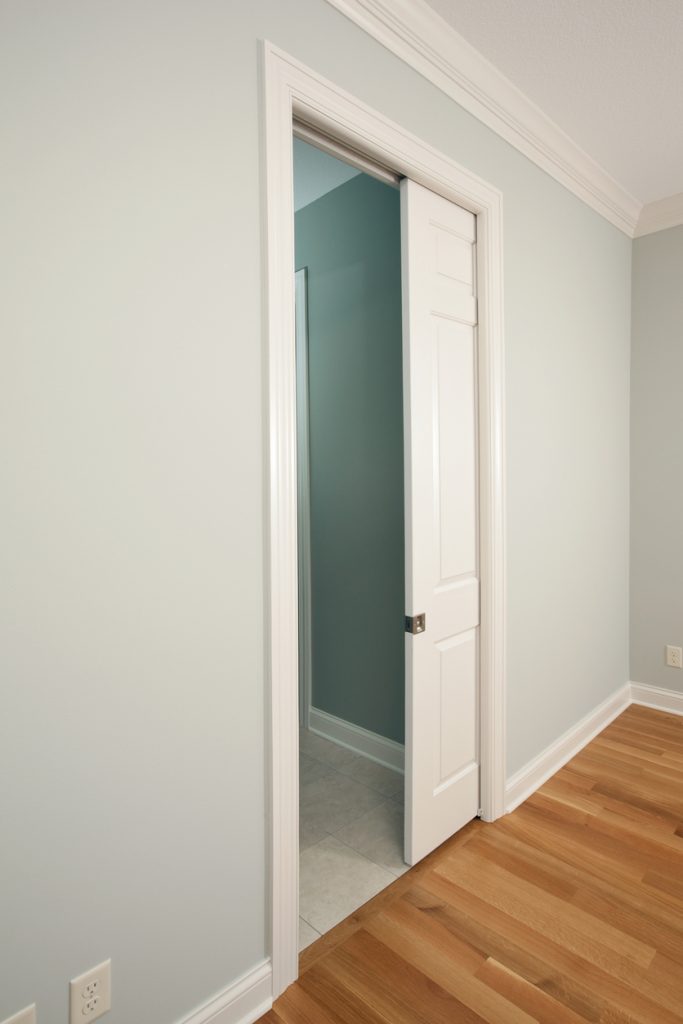
Doorways and Clearance: Between 36-42” wide, with pocket doors, or swing clear hinges, and lever door handles. Clearance for a pass-through kitchen is 40” while U-shaped layouts require 60” of clearance.
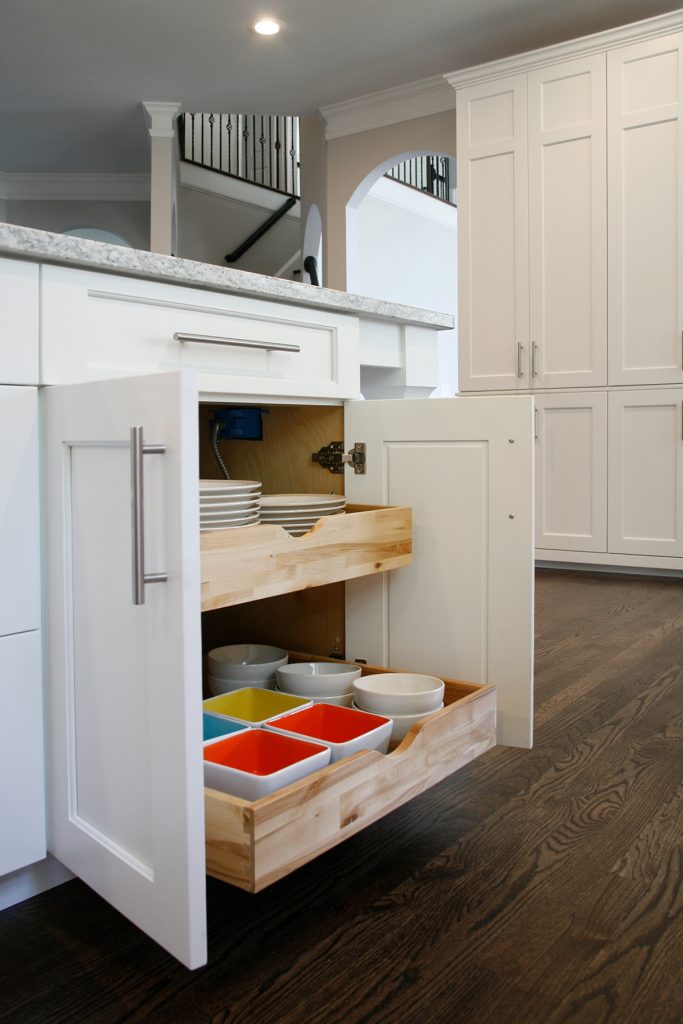
Cabinets: Cabinet height can be individualized, but motorized, adjustable cabinets are the ultimate in universal design in a kitchen for multiple users. Swing up doors with hinges at the top and touch open doors are ideal for accessible kitchens. Lower cabinetry like a lazy Susan, or cabinets with pull outs, can help keep users from having to lean down into cabinetry to reach items.
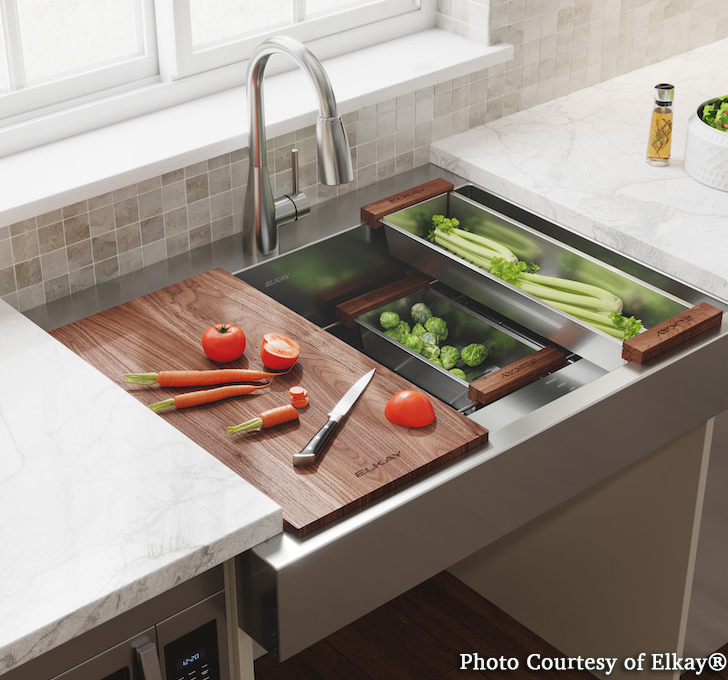
Counters: generally, around 34” high and 30” wide (useable surface space), with adjustable height (from 28” to 36”) for multiple users.
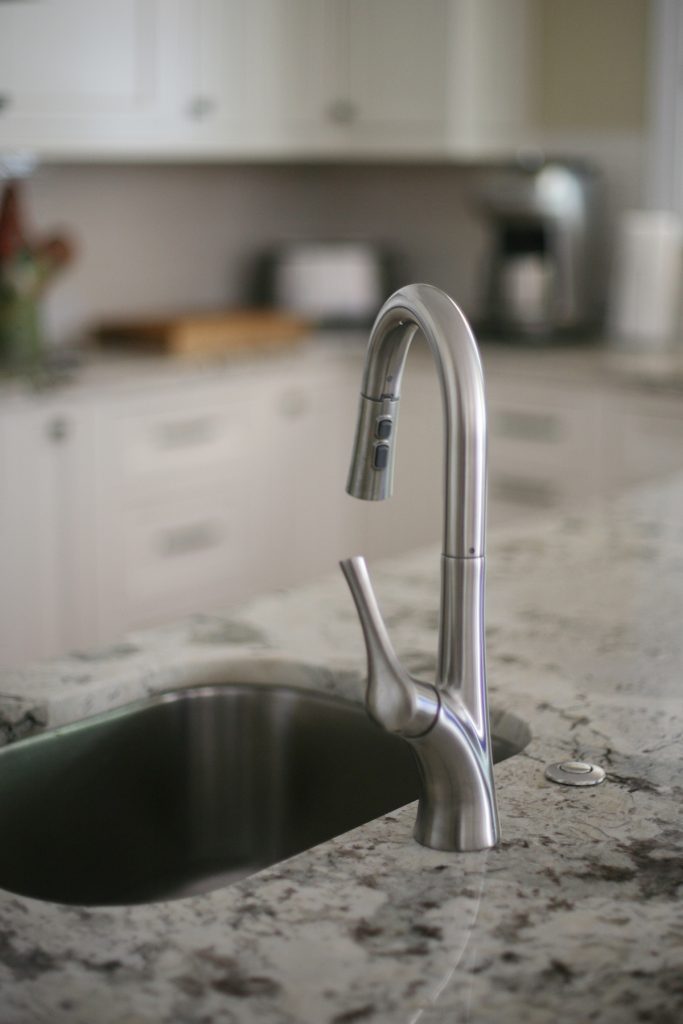
Sinks: 29” high, 11” deep, and 30” wide. Roll-under sinks have drain and plumbing at the rear of sink to allow room underneath. Faucets can be single lever, touchless, and side-mounted for ease of use.
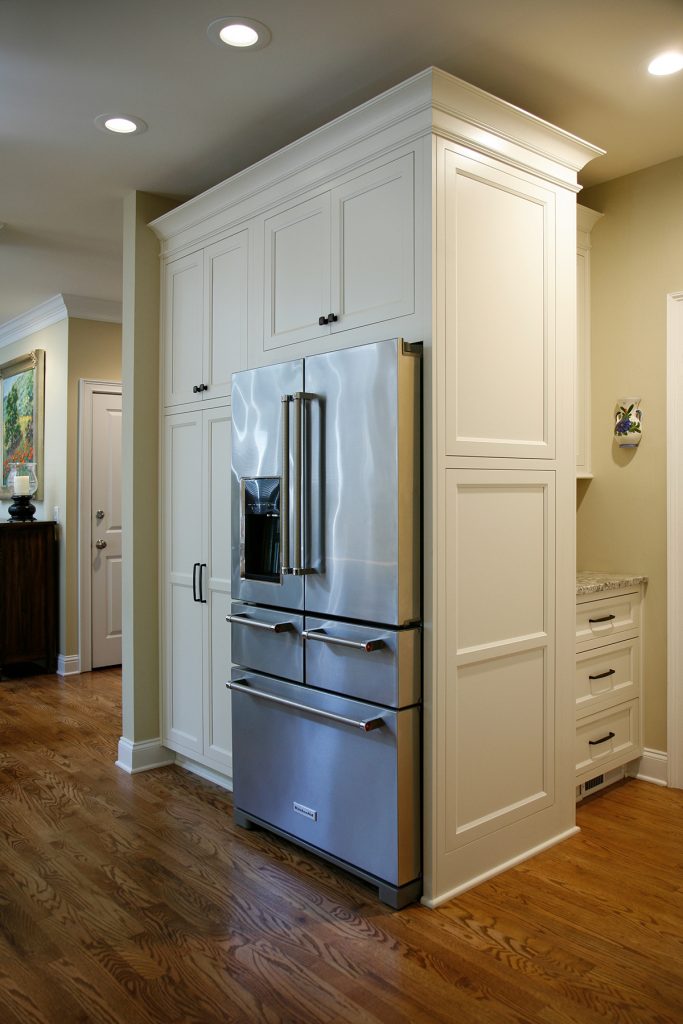
Appliances:
- Refrigerators and dishwashers: ideally have clear access from either side. Bottom drawer freezers are easily accessible.
- Ovens: should be separate from ranges and have a side swing door.
- Cooktops: should be situated so that one doesn’t have to reach over hot burners. Induction cooktops are safest, especially with young children in the home. Induction cooktops quickly cool once a pan is removed: the only residual heat is what the glass retains. Knobs should be easy to maneuver, and touch pad controls are preferable on appliances.
- Drawer microwaves can be mounted under the counter for reachability.
- Under counter refrigerators are wonderful for younger children to use as “approved” snack and beverage storage that they can reach.
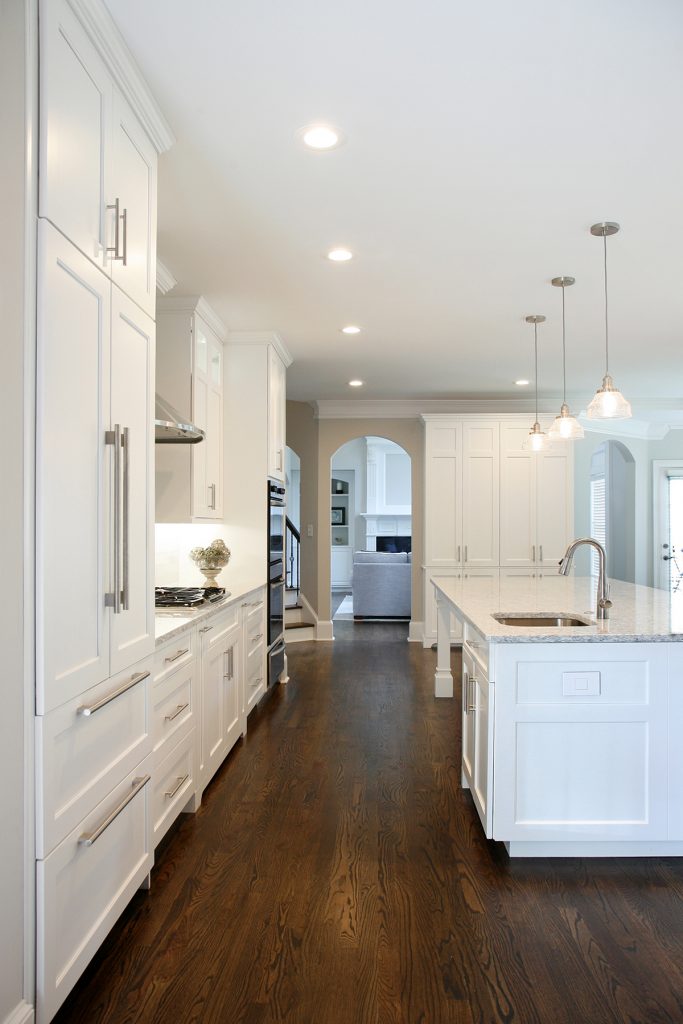
Lighting: Proper lighting can prevent falls and other types of injuries in every room, especially the kitchen. Aim for an abundance of natural light, under counter and in cabinet lighting, and toe kick lighting as well as ambient lighting.
ADB Can Create an Accessible & Beautiful Kitchen for Your Home
Are you ready to get started on your new kitchen? We have a Universal Design Certified Professional available to meet all of your needs for every member of your family. Contact us today to set up your initial consultation. Let ADB Transform your Home and Enrich Your Life!

